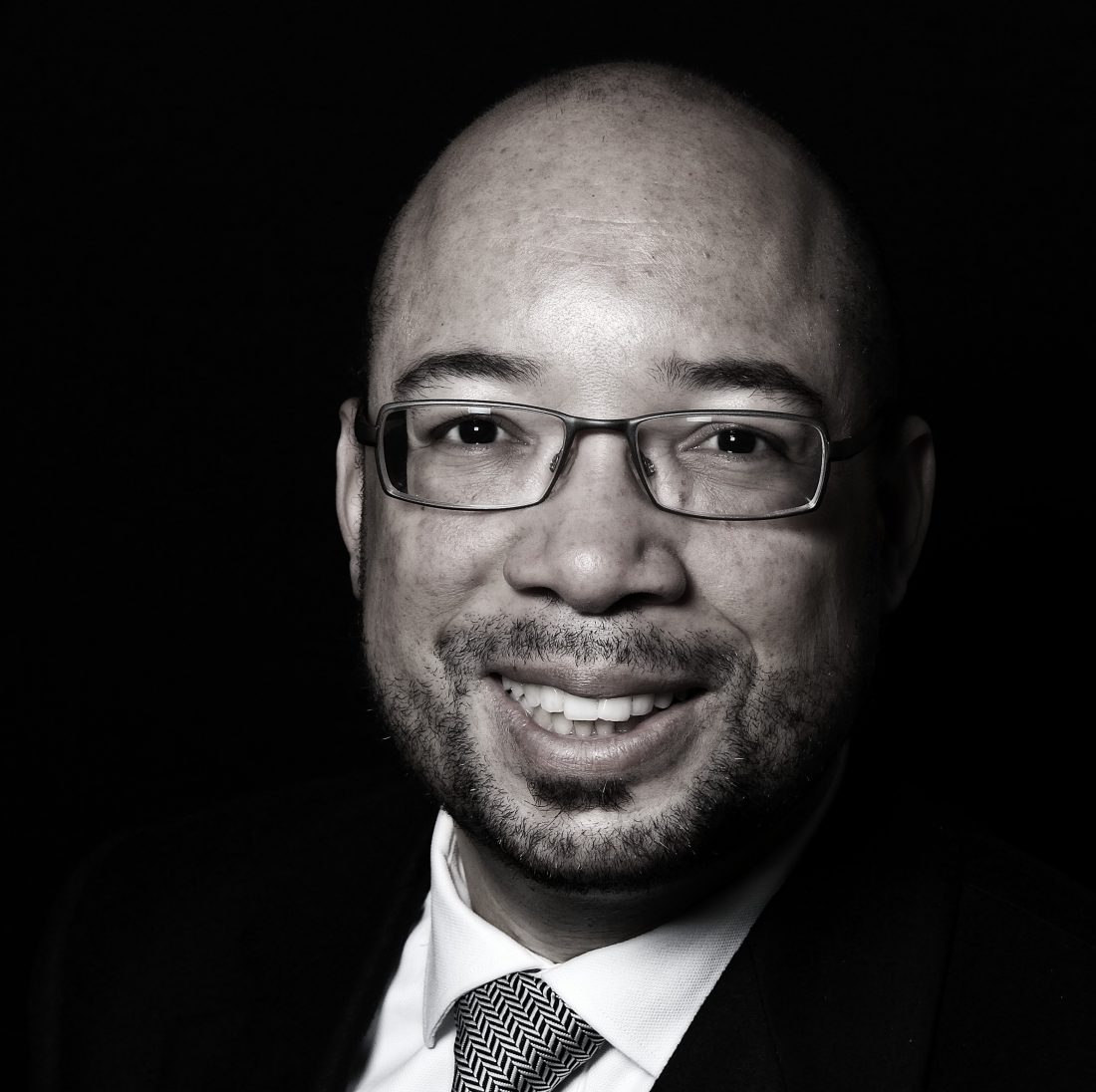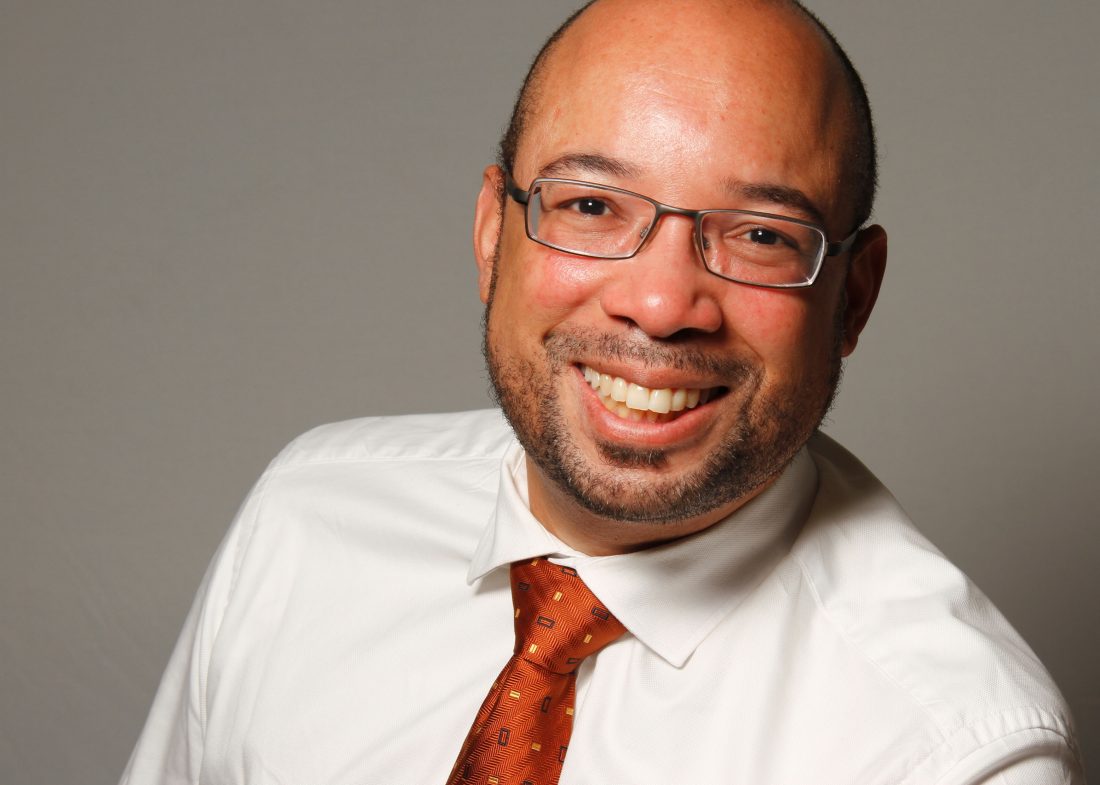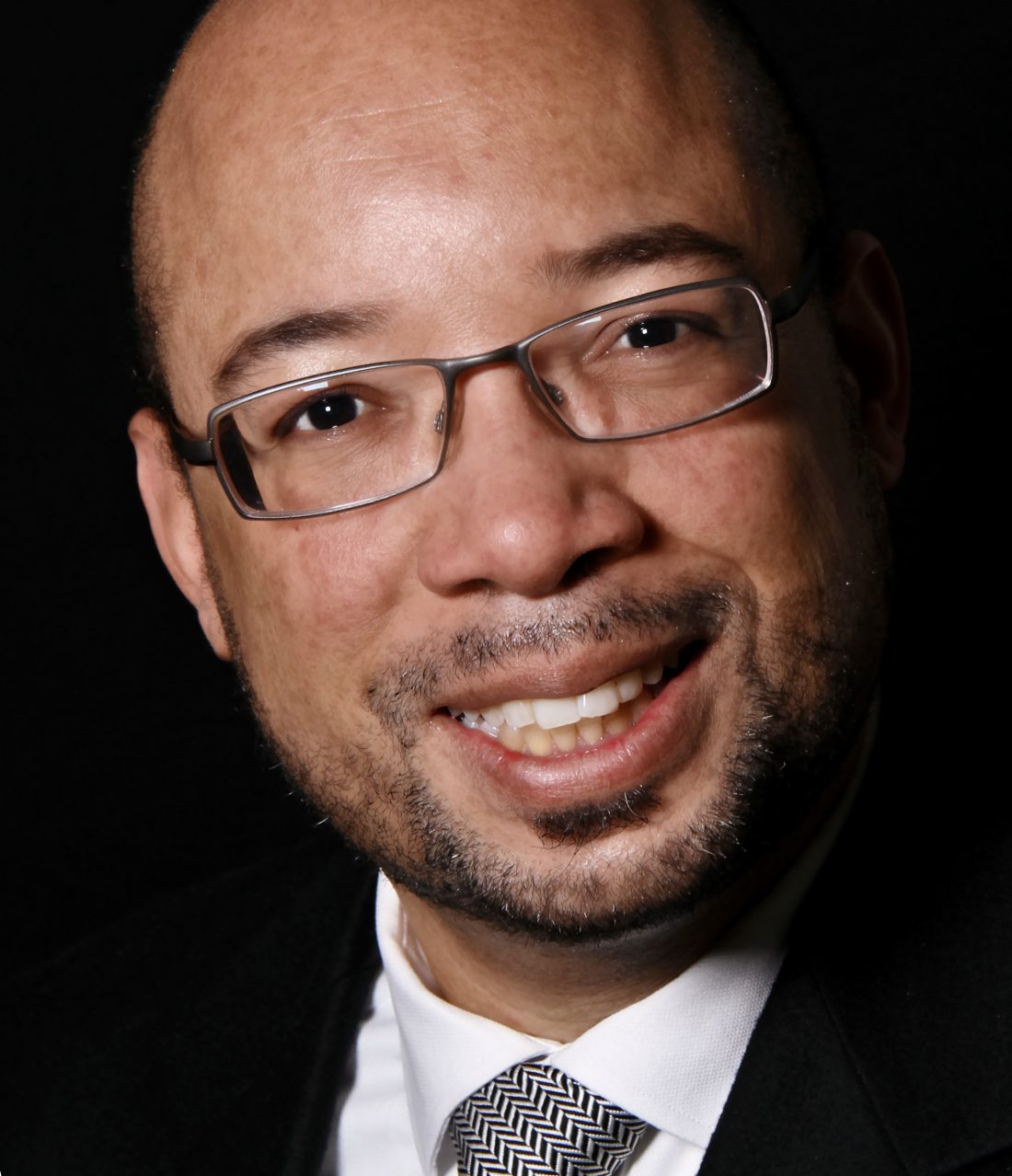Public Relations v Publics Relations
PR is currently reviewing its place in society and this is no mere navel gazing exercise.
With the concerns re AI, its place on the c-suite, issues re ethics and diversity, PR is looking to ensure that it remains relevant in a world that is becoming more connected and networked.
In addition, it’s a world where the role of a PR practitioner as the intermediary or conduit is more and more under threat, from the very people it seeks to engage with – its publics.
Last year with the aftermath of the Grenfell Tower disaster I wrote how the local population feeling that they were not properly served by the news media covering the incident and its aftermath, decided to create their own news content and share it via social media.
Now, local communities and small charities are learning PR skills in order to discuss their views, concerns and needs with a wider audience.
Media Trust is a charity, whose aim is to provide minority groups, communities and charities, often overlooked by the media, with the skills to ensure that their voice is heard and more importantly listened to. Among the supporters of the work of the Media Trust is the City of London Corporation as well as the Department for Communities and Local Government.
And the training provided is thorough
- An introduction to strategic communications, including framing theory, audience insight, and values-led communication
- Six training workshops, covering a range of media skills and techniques
- Networking opportunities with journalists, including a chance for you to pitch stories to them
- A communications review and surgery session, undertaken with a dedicated team of media professionals
- The development of a targetedcommunications action plan.
I wrote at the time:
“The media were confronted with angry, passionate yet eloquent and lucid views from working class residents. Reporters were not dealing with the stereotype chav underclass.”
Before we think that this is well intentioned yet metropolitan, according to the Media Trust website, and I quote:
“Between December 2016 to March 2017, Media Trust trained 154 community groups across nine regions in England. Participants were provided with the skills to raise their profile in the media, celebrate their achievements and share their impact.”
Over the last year, we have had a tide of news stories propelled by ‘ordinary’ people using social media and other networks to drive and dictate the news agenda and so ensure that that strong news stories are not described as of minority interest only.
- MeToo movement
- Knife crime in our cities
- The ‘Windrush’ Scandal
- Stoneman Douglas High School shooting
If Grenfell caught out the news media, the Government was caught out by the way supporters of the Windrush Generation were able to keep that story at the top of the news agenda for days and weeks forcing the government into U-turns and highlighting the poor management of their response.
PR is looking at how to make itself more relevant to the c-suite by learning the language of business in order to understand the objectives, needs and concerns of the business it is supporting.
We need to understand that our audiences and publics need the same consideration.
Following the Grenfell fire, I asked do PR practitioners:
- enter into dialogue with all sections of the community as part of our work or just those we feel comfortable with?
- truly engaged with our audiences and was it meaningful?
At the time I asked what happens if the audience bypasses the established news channels in order to put their point of view across. Now, communities and minority groups are learning how to use the mainstream media to talk directly to other groups and decisions makers. Yes, to their publics.
As PR practitioners, we need to think of these groups not just as stakeholders but also as fellow communicators.
That factor changes the dynamic of future Public Relations.






